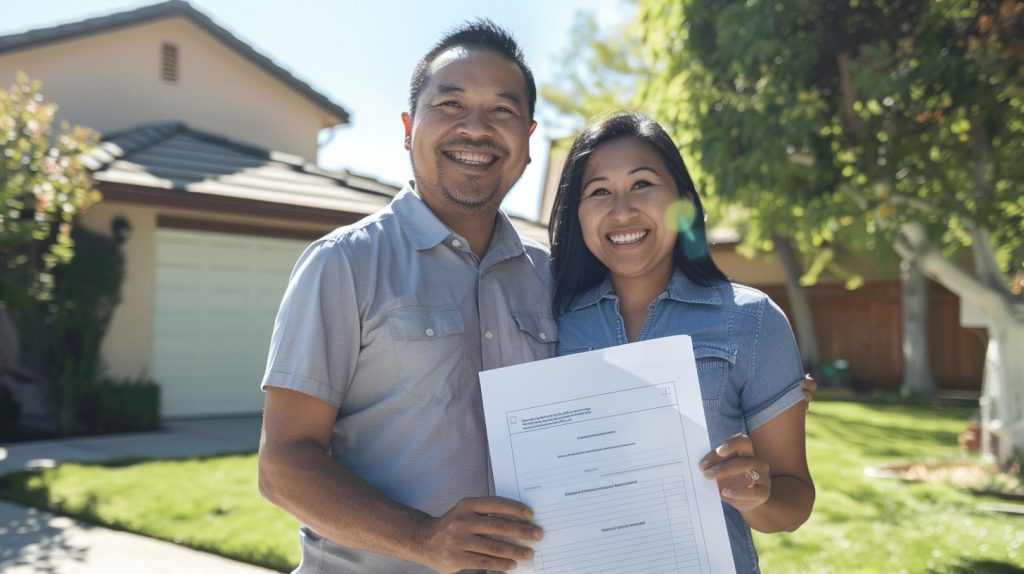How to Get a Mortgage Without a Deposit. Securing a mortgage typically requires a deposit, which can be a significant barrier for many prospective homeowners. However, it is possible to obtain a mortgage without putting down a deposit, though it often involves specific conditions and strategies. This guide will explore various approaches to obtaining a mortgage with no deposit, including government schemes, alternative lending options, and strategic financial planning.
How to Get a Mortgage Without a Deposit
1. Understanding the No-Deposit Mortgage Concept
A no-deposit mortgage, also known as a 100% mortgage, allows borrowers to finance the entire purchase price of a home without having to provide a deposit. Traditionally, lenders required a deposit to mitigate risk, as it demonstrated the borrower’s commitment and provided a buffer against market fluctuations. However, with rising house prices and the challenge of saving for a deposit, no-deposit mortgages have become a viable option for many.
2. Government Schemes and Assistance Programs
Several government initiatives are designed to help first-time buyers and those struggling to save for a deposit:
a. Help to Buy Equity Loan
In the UK, the Help to Buy Equity Loan scheme offers support to first-time buyers and those moving up the property ladder. Under this scheme, the government provides an equity loan of up to 20% of the property’s value (40% in London), which means buyers only need a 5% deposit and a 75% mortgage. While this isn’t a true no-deposit mortgage, it significantly reduces the amount of deposit required.
b. Shared Ownership
Shared Ownership is another option where you buy a share of a property (between 25% and 75%) and pay rent on the remaining share. This can reduce the deposit requirement compared to buying a property outright, making homeownership more accessible.
c. First Home Scheme
This scheme offers newly built homes at a discount of at least 30% of the market value to first-time buyers and key workers. The discounted price can reduce or even eliminate the need for a large deposit.
3. Guarantor Mortgages
A guarantor mortgage involves a family member or friend guaranteeing the loan. If the borrower fails to meet the mortgage payments, the guarantor agrees to cover the costs. This arrangement can help borrowers obtain a mortgage with little or no deposit. It’s crucial for the guarantor to understand the risks involved, as their financial stability is on the line.
4. Lender-Specific No-Deposit Options
Some lenders offer no-deposit or 100% mortgages, though these are less common and can come with higher interest rates. Lenders may offer these products to borrowers with strong financial profiles or those who can provide a compelling reason for not having a deposit. It’s essential to compare these products carefully to ensure the long-term costs are manageable.
5. Family Assistance
Family support can play a crucial role in securing a mortgage without a deposit. Besides guarantor mortgages, other options include:
a. Family Deposit Bonds
Some lenders accept a family deposit bond, where a family member places a sum of money into a special account as security for the mortgage. The borrower does not need to use this money for the deposit, but it provides a safety net for the lender.
b. Gifts or Loans from Family
A family member may provide a gift or loan to cover the deposit. While this can make the mortgage process smoother, it’s important to ensure that any financial arrangements are documented properly to avoid misunderstandings.
6. Using Your Current Home’s Equity
If you already own a property, you might be able to use the equity in your current home to fund a new purchase. This can be done through:
a. Remortgaging
Remortgaging involves taking out a new mortgage on your current property to release some of its equity. This equity can then be used as a deposit for a new home.
b. Home Equity Loans
A home equity loan allows you to borrow against the value of your property. The funds can be used as a deposit on a new home. Be aware that this approach increases your overall debt and should be carefully considered.

7. Rent-to-Buy Schemes
Rent-to-buy schemes allow you to rent a property with an option to buy after a certain period. Part of the rent paid may go towards the deposit, making it easier to accumulate the necessary funds over time. This approach provides a pathway to homeownership without needing an immediate deposit.
8. Considerations and Risks
While obtaining a mortgage without a deposit can be appealing, there are several factors to consider:
a. Higher Interest Rates
Mortgages with no deposit or low deposits often come with higher interest rates, which can increase the overall cost of borrowing. Ensure that you are comfortable with the long-term financial implications.
b. Affordability
Without a deposit, you are borrowing the full purchase price of the property. This can result in higher monthly payments and may affect your ability to manage other expenses. It’s crucial to assess your financial situation and ensure you can comfortably afford the mortgage payments.
c. Market Fluctuations
A no-deposit mortgage means you start with no equity in the property. If house prices fall, you may end up owing more than the property’s value. This could impact your ability to remortgage or sell the property in the future.
9. Steps to Secure a Mortgage Without a Deposit
If you are considering a no-deposit mortgage, follow these steps to improve your chances of approval:
a. Check Your Credit Score
A strong credit score is essential for securing any mortgage. Ensure your credit report is accurate and address any issues before applying.
b. Save for Additional Costs
Even if you secure a no-deposit mortgage, you will need to cover other costs, such as legal fees, stamp duty, and moving expenses. Budget for these additional expenses to avoid financial strain.
c. Consult a Mortgage Advisor
A mortgage advisor can provide expert guidance on the best options available for your situation. They can help you navigate the complexities of no-deposit mortgages and find suitable products.
d. Compare Lenders
Different lenders offer varying products and terms. Compare rates, fees, and conditions to find the best mortgage for your needs.
10. Conclusion
Obtaining a mortgage without a deposit is possible, but it requires careful consideration and planning. Government schemes, guarantor options, family assistance, and leveraging existing home equity can all play a role in making homeownership accessible. Ensure you fully understand the financial implications and seek professional advice to navigate this complex process effectively. By exploring these options, you can find a pathway to homeownership even without a traditional deposit.

